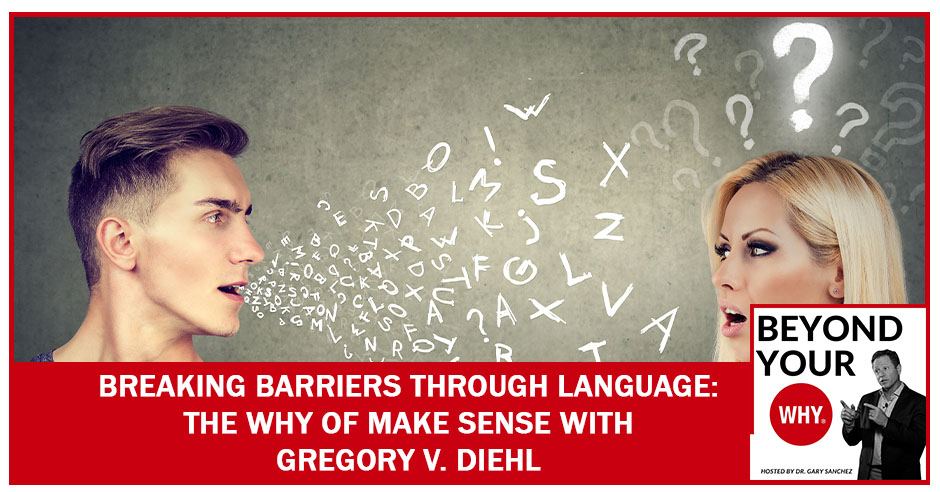
Teaching or learning a language is one way of breaking barriers between people. Gregory V. Diehl is a thinker, author, and mentor whose travels and strong WHY of Make Sense have taken him across the world. Dr. Gary Sanchez catches up with Gregory as they talk about one of his new works: helping Armenians learn the English language and training teachers to teach more effectively. We hear about Gregory’s roots, how he discovered his WHY, and his experiences as a digital nomad. Stay tuned and be inspired by Gregory as we explore his works and his purpose.
—
Watch the episode here:
Listen to the podcast here:
Breaking Barriers Through Language: The WHY Of Make Sense With Gregory V. Diehl
We go beyond talking about your why, helping you discover and then live your why. If you are a regular reader, you know that every episode we talk about 1 of the 9 why’s, and then we bring on somebody with that why, so you can see how their why has played out in their life. In this episode, we are going to be talking about the why of make sense.
If this is your why that you are driven to solve problems and resolve challenging or complex situations, you have an uncanny ability to take in lots of data and information. You tend to observe situations and circumstances around you, and then sort through them quickly to create solutions that are sensible and easy to implement.
Often you are viewed as an expert because of your unique ability to solve problems quickly. You also have the gift of articulating solutions and summarizing them clearly in understandable language. You believe that many people are stuck, and if they could make sense out of their situation, they could develop simple solutions and move forward. In essence, you help people get unstuck and move progress forward.
I’ve got a great guest for you. His name is Gregory Diehl, a personal development mentor whose ideals include self-inquiry, challenge, and analysis for the purpose of helping people to discover who they are. He writes to assist others in undoing faulty narratives about who they are and how life works so that they may begin to make more meaningful choices and resolve their deepest burdens. Diehl spent many years studying cultures around the world. He now lives a quiet life in a rural village in Armenia with his cats, book and music. Gregory, welcome to the show.
First, thanks for having me. Second, that long description you gave of the person who has made sense as their why describes me probably better than anyone has ever described to me before in my life. In fact, that’s a major part of the reason why I write books. From a very young age, I realized I had this uncanny ability to figure out how things work. More importantly than that, articulate those things for other people.
That manifested in many ways in my life. Getting involved in various education-related professions eventually got me into sales, too. I realized a lot of selling was explaining to people how something worked and why they needed it. It mostly takes the form of my writing. Most of the stuff I write can be described as that, me trying to explain some complex and important topics for people to make sense out of it.
Let’s go back then. Take us through, Gregory. I know you are in Armenia now, which we will get to at some point. Where were you born? What were you like in high school? Tell us a little bit about you.
I was born in San Diego, California, and spent the first eighteen years of my life there. I became obsessed with trying to make sense out of the world. I did that primarily by traveling for the next ten years or so. I wanted to see as many different parts of the world as I could because I was curious about how this place worked. I didn’t accept the explanations and the stories given to me by common sources of knowledge about how the world worked.
I did that for a while and felt like I was starting to make sense out of the world. I decided I needed to spend more time focusing on myself. A few years ago, I came to Armenia. My grandmother was from Armenia. I’m partially descended from here. I was able to get citizenship by descent. I bought an old house in disrepair in a village. Since then, I have been fixing it up and building a life for myself here in that time. It was right before Coronavirus happened, which made travel much more difficult anyway. It was a good time for me to stop traveling.
What happened to you after high school? What are the different places you traveled to? How did you pick them?
I have been to about 56 countries now. The first place I went to was Costa Rica, and that was mostly a convenient thing. It was an easy place for a young California to go hang out for a while with no responsibilities and worries, little money. After that, I wanted to see much more difficult and challenging places. I had to learn how to support myself financially sometimes by taking English teaching jobs locally or learning how to work online and start my own entrepreneurial endeavors, which is a big part of my life now.

It was mostly about saying what place will challenge me the most to make me the most uncomfortable because how its culture works, politics, laws, and the way they do things is totally different than what I’m expecting. To date, I would say the worst place I have ever been in is China. They have a lot of very strange totalitarian and authoritarian policies that hurt the soul of someone like me who values freedom, passion and individuality.
Iraq was another difficult one. There had been a lot of great places, too. Other places that people love to go on vacations like Costa Rica, Bali or something. A place like Armenia is interesting. Not just because they have the family connection here but it’s the place that seems full of talented and skilled people who don’t have a sense of direction for their country or themselves. It’s very strange.
I have coined a term for it, “Armenian self-defeatism syndrome.” It’s one thing if you don’t have the resources or education, which a lot of developing countries don’t. In Armenia, I feel like they mostly have those things. They lack this self-esteem or self-confidence, which is very strange. It’s like the opposite of the American way of life, which is almost that we are too confident. We believe too much in ourselves and are quite pompous to a degree about those things. I don’t know. It’s an interesting experiment for me to try to be here and see if I can positively influence the country in a certain direction.
Here’s what’s going through my mind now. I’m sure a lot of the people that are reading this are thinking the same thing. Take us back to that moment in time where you said to yourself, “I’m not going to do traditional. I’m not going to follow the path everybody else from San Diego where my class is following. I’m going to go off and travel for the rest of my life.” What was that conversation? What was going on? How did you come to that conclusion?
At any age, but especially when you are young, it’s almost impossible to know that the choice you are making is the right choice if you are trying to pick a life direction. This is why it never made sense to me to commit myself to something like a four-year Bachelor’s degree at college, even though I was quite smart and enjoyed learning. I did well in school when I tried it and cared enough to try.
That idea never inherently made sense to me, and no adult proposing that idea ever explained it in a very convincing way. It was always a matter of, “This is what people do.” What are you going to do if you don’t do this? I don’t know but I bet there’s some other option out there that I could figure one out and I did. It was like most of the people my age seemed like made that choice out of a fear of not knowing what else to do. There are some exceptions. I knew a few people who went to school because they were genuinely passionate about studying things like Theoretical Physics. Good on it that they figured out that’s what they wanted to do.
At least 90% of the people when you are eighteen years old and finished high school has no idea what you want to do. I knew I didn’t want to do that. Pretty much anything else would be a superior option to something I knew I didn’t want to do because at least something else would be learning something new about myself.
How did you know you didn’t want to do that?
I saw nothing of myself in that path. There was no part of me that felt like my values and personality would be serviced or fulfilled in any way by going to a university for the purposes of getting a degree or a general education. Perhaps it would have been different if I had been one of those guys who knew for sure, “This is the subject I want to study. I want to be a spinal surgeon, and this is the path I have to take to do that.” That wasn’t me. I don’t think that’s most people. It didn’t make sense to me that it was what I should be doing with my life at that time.
In your senior year in high school, what were you like? How would you describe yourself?
In my senior year of high school, I turned eighteen very early into the year. I moved into a van on my eighteenth birthday, an old Ford Econoline. It sounds like I’m making this up but this happened. I spent a year living in a van before I started traveling and became known around the school as that guy who lived in a van and didn’t wear shoes to school.
[bctt tweet=”When you’re young, it’s almost impossible to know that the choice you’re making is the right choice.” username=”whyinstitute”]
We are getting a clearer picture of what you were like. You are not in some prep school, prepped out, everybody is going to college, and you decided, “I’m not going to.” You were the guy living in the van.
I still did well in school when I cared enough to because I was a smart guy and knew how to take tests well. It was totally about freedom for me. I didn’t see any other way at that time to get freedom from my parents, the rules of how young men were supposed to live and function. If I had been less reckless, perhaps I would have saved up money to rent an apartment or move out on my own. I had a van. I liked the van and the freedom to sleep anywhere and have all my possessions with me at any time. That’s what I did because it made sense to me. The Occam’s razor solution was the easiest possible way to gain independence and freedom.
Why were independence and freedom so important to you?
I don’t like other people telling me what to do and telling other people what to do either, which I mentioned in China before. It was like the antithesis of me because China is where everybody is told what to do all the time to the point that they don’t even realize they are being told what to do because it’s normal for them. The greatest insights and benefits of human intelligence and consciousness come when people are free to pursue what they are interested in and passionate about in whatever way that happens to show up for them, free to form their own lifestyles, beyond whatever arbitrary norms, the culture they live in.
It tells them they should be doing like, “Why not live in a van? Why, because most people don’t do it, and you don’t have running water and a toilet with you at all times?” You will find solutions to those things. That’s a silly example. Obviously, I don’t live in a van anymore. I wouldn’t want to do that anymore. At least not long-term but it’s an example of how an independently minded person can find alternative solutions to lifestyle problems. If you don’t want to live with your parents, you don’t have a place of your own, why not sleep in a car? What’s stopping you? Only you or maybe it’s illegal where you are from. I don’t know.
You became very committed to this idea of freedom.
Yes. Obviously, that was heightened more by my obsession with independent travel after the van. I was like, “What else can I do now to live life the way I want to?” I will move to a Latin American country where I don’t speak the language, nobody knows me, and I don’t need much money to survive.
What was that influence on you that helped you to think this way? You don’t wake up and say, “I’m going to be free for anything I want to do, whenever I want to do it, and how I want to do it.” What influenced you to think like that?
It’s going to sound crazy but there never was a person or a movie I watched or a book I read that put this idea in my head. Obviously, I had read books, watched movies, and met people who influenced me in various ways but it has always been me assessing what is possible and how is that different than what people typically do. There has always been a very clear distinction between those two concepts for me. My parents, the school, society say, “Do this.”
Why is everyone saying do that? Is that how reality works? There are rules to reality. Certainly, we tend to call them things like the Laws of Physics. There are limitations to what we can do but then there are other rules that people make up and insist on. This is also true in the same way like gravity and thermodynamics are true. Those are true in an absolute way that none of us can change. All these other things are stuff people started doing and insisted was the right way to do things.
Some of them do make sense. Some of them are good ideas generally. A lot of them don’t, and they are quite arbitrary. That’s the thing that gets reinforced by travel because you see that, in this country, they do things this way. Everybody is sure that this is the correct way to do them. You step over the border in another country and they are doing things this way. They are all sure that this is the correct way to do them.

What’s great about talking with you is you had the courage to follow up on what you thought where most of us didn’t. We may have thought what you thought but weren’t willing to live our life that way. We weren’t willing to make that a choice for us full-time like you were.
It helps that I started so young. Perhaps if I had waited a few years longer and gotten entrenched in some job, school or something, it would have been harder. As people get older, they invest their lives into a certain mode of being, which often includes financially and professionally but not just that. It becomes harder to accept the risk of dismantling that, losing that if they make major systemic changes to their lives.
It is part of why I had to learn how to do things like making money online in an independent way because that allowed me to live still wherever I wanted. Even though I have been here a few years, I could get a plane to the other side of the world and mostly keep working. I’m making money and continuing my professional life roughly the same way I do here because all it takes is an internet connection.
You started in Costa Rica, and then you went from country to country. How did you determine what you were going to do, how were you going to do it, and all the rest? How did you figure that out? Was it, “Whatever I feel like what I’m going to go do?”
That’s mostly curiosity. That’s what impels us to do most new things. We want to see what will happen. Anytime we are not trying to do something new, we are trying to repeat something we already know, which is not bad. We want a certain amount of familiarity in your life. Things that you know and enjoy but I was curious about myself and the world.
I know how things work in Latin America. How do they work in Asia? I don’t know. Let’s find out. What other things will I learn about myself by doing this? What new parts of my personality will I see? I didn’t realize it was possible for me to hate a place as much as I hate this place. Let’s go find a place that I love more than I knew was possible for me to do so.
Your favorite place was what? Your least favorite place was what?
China is absolutely my least favorite. That’s no contest there. Favorite is hard to decide because any place can be interesting for a few weeks or even a few months. They are not necessarily the places you would want to live, invest in yourself long-term, build a social network and be part of the community. Obviously, I’m here in Armenia.
I have been here longer than any other place that I have been in a very long time. There must be something I like about this place but is it perfect? Do I still miss the tropics sometimes, coconuts, papayas, and other little lifestyle benefits that come from other parts of the world or friendlier places where people treat me a certain way? Yes, maybe to a degree.
It forces you to confront what is most important to me and my recurring experience of reality, as opposed to, “I love hanging out on the beach for a weekend or the way people treat me in this culture or the mountains in this country.” Do you need to see those things every day? Are you glad that you had the experience once, twice or maybe once a year even, who knows?
It sounds like a lot of alone time in your travels.
[bctt tweet=”Curiosity is what impels us to do most new things.” username=”whyinstitute”]
Yes and no. For a lot of it, I was certainly traveling alone and felt alienated from many of the cultures I went to. Being an English speaker is useful because it was English in about every country in this world so far that I have found. Several years into my travels, I eventually realized that there was something called a digital nomad, which was other people doing the same thing I was doing in a different way, working from a laptop and hanging out in Bali, Thailand or whatever. At a certain point, it became easier to join communities of perpetual travelers and tourists.
That changed my perspective a lot because for the first five years, at least, I was like, “This is me versus the world. I’m not doing my own thing that nobody understands. There are other people doing this. It’s a similar thing, not quite the same thing I’m doing.” It’s another way your mind opens where you think you are doing one thing. You think these are your options, and then you realize is that there’s this whole other world you haven’t explored yet. I’m always looking for more and discovering new options for myself, even here in Armenia, getting involved in new projects, meeting new people. My perspective is constantly changing.
What’s the most valuable thing you’ve learned or a lesson you gained from your time as a digital nomad?
Much of what I have learned from travel is the variety of experiences that come from living this life could be more broadly said to apply to all of life. What we call wisdom is typically being able to derive the principle from a set of experiences and generalize it to all things. You experienced one thing one way, and you realize, “This is true for other kinds of experiences, too.” We call that wisdom typically. The most important thing I have learned from having a wide variety of experiences is that you need to find out what is most important to you out of all possible types of experiences you could have. Anything could be stimulating, entertaining, exciting when it’s new, or even the first few times you do it.
Eventually, you realize this is not sustainably fulfilling to me. There’s something else I want to do, and this isn’t it. What is the thing I should be doing every day of my life that I will continue to find meaningful and get better at? When you get good at any given scalar domain of knowledge, the first 99% you learn it, and you think you understand it.
There’s that remaining 1% that gets increasingly more refined the more you learn about it. I’m a musician. I like playing the piano. There’s one behind me and a few other instruments like the guitar. I’m pretty good at them. I’m probably better than 9 out of 10 people who play them. I watched people who dedicate their lives to these things.
Through things, I can’t even understand like, “How are they playing that many notes so fast and memorizing all these complex pieces?” That’s not my passion. That’s not the thing I need to be doing every day of my life but for those people, it is. There are other things that I do every single day of my life that other people would say, “How do you do this every day? How are you so obsessed with this? How do you reach the levels of refinement on that?”
It’s genuinely fulfilling to me. I would feel like there’s something wrong with me if I weren’t doing it. If you could find out what that thing is, preferably as soon as possible, you can start incorporating that into your life as much as possible. That’s a pretty good way to guarantee some level of happiness, fulfillment, and if you are entrepreneurial, professional success in life, too.
What was that thing that you figured out was most important to you?
It’s what I started talking about. I like explaining how things work because I am the guy who needs to make sense out of things. More than that, I’m the guy who sees problems in everything around me. It’s quite infuriating. In fact, one of the only ways I manage the frustration and the pain that comes from seeing inefficiencies, misconceptions, mistakes in the way people do things all around me is that I try to help fix those things and explain to people, “Here’s a better way to do that.”
First, I started teaching English here for free at the community center in town because I saw the level of English education here. It was atrocious. I’m not particularly passionate about teaching English. I’m passionate about the English language and communication. That’s why I’m a writer but I saw a problem that I was in a unique position to fix. These people have horrible options for learning English, a skill that will help them throughout life, especially if they want to work internationally and travel.

That’s going to be much better to speak English than Armenian because no other country speaks Armenian, and every country speaks English to some degree. I felt like I needed to do something to help because I could. I see the problem and the solution, and frankly, no one else is going to do this if I don’t do it. Now that’s turned into I’m teaching other people how to teach English.
I have scaled up to the next level because there was enough of want for this and a need for this solution that, “I can’t teach everyone in the country how to speak English. I’m going to teach other people how to be better English teachers.” What will happen after that? I don’t know. It’s an example of what I need to do for my life to be tolerable or meaningful. I have to solve the problems that I see.
Interestingly, you say it that way because that’s what we believe. When you are able to live your why, you will have passion for what you do. People say, “I’ve got to find my passion.” If what you do is in line with why you do what you do, you will have passion for what you do. Passion is that fuel that gives you the energy to keep pursuing your dreams. In your case, if your why is to make sense out of complex and challenging things, and then you get to do that every day like you said, how much better does it get than that?
I don’t know what other life there is for someone like me. Frankly, I can’t picture there isn’t anything else. I don’t know what that would be.
If you are able to help the people that you are helping discover their why and live their why, they will have that same passion. That’s what’s fueled me exactly what you are talking about right there. If you speak to them in your language of making sense out of things, they may or may not get it but if you are able to speak to them in the language they speak, the same thing. You speak English, they speak Armenian. You don’t speak it.
How good is your communication with them? If you can speak to them in Armenian, we are having a real conversation, even though you are good at English. If you can figure out what their why is and speak to them and their language, the way they want to hear it, it’s so much more effective than speaking in the way you want to say it.
On that note, it has been very hard for me to find people I could look up to as mentors or advice-givers. That’s part of the reason why I was so obsessed with learning things myself, experimenting, seeing the world myself because I didn’t trust what other people had to say about almost anything. Part of that is because they don’t speak my language.
They can’t explain things in a way that will make sense to me or I don’t believe what they are saying for whatever reason. I don’t trust their authority with rare exceptions. There have been some truly great figures in my life but it has always been hard for me to accept what other people tell me is true or is a good idea. I have realized this because not many people speak the same language I do.
I try to embody as much of that language as I can in my writing or teaching. Not to tell everyone you should speak the language I do because it’s the best language. Rather provide an option for other people who do speak that language and think that no one else does like I once did. There will be some people who read one of my books or hear what I have to say and say, “Finally, this guy is saying the thing I have been waiting my whole life for someone to say, “I didn’t know people were saying these things.”
We have a lot of coaches that we have trained in how to utilize the why and the Why OS. This one exercise I did, I didn’t know how it was going to turn out. What I did was I separated all of the coaches into rooms with people that had the same why. That would be putting you in a room with people that all have the why of makes sense.
When we brought everybody back together and said, “What was that like for you?” They were like, “I cannot tell you how wonderful it was to speak to somebody who understood me, somebody who I could connect with right away.” That’s what you are talking about. Let’s talk about your book. In the marketing of your book, if you say something along the lines of, “This book is meant for people that are trying to make sense of these complex things.” If that’s what you are trying to do, you are going to like this.
[bctt tweet=”What we call wisdom is just being able to derive the principle from a set of experiences and generalize it to all things.” username=”whyinstitute”]
It’s interesting because I have written a few of my own books. I’m working on my fifth now. I have helped a lot of other people produce and publish their books, too. There are always several stages it goes through like any product you develop. There’s a beta rating process for people to read the rough draft and say, “I don’t understand this part. What are you talking about? I like this part.” You figure out, “We have to write a book description. How are we going to describe to people what this book is about? We have to pick a title and a subtitle that speaks to that point.”
At least with all of my books, there have always been some people who love them and say things like, “You need to tone this down. Their language use here is way too esoteric. You need to make it more friendly to general audiences.” Those people don’t understand that’s the opposite of what I’m trying to do. I am not trying to force it to be a specific way to be contrary. I’m trying to embody a particular voice in a particular way of thinking about things that are not very well-represented already.
Everything from the title to the book description to the actual content of the book, I want people to look at the book and the cover. Read the title, the description and say, “I’m going to learn things in this book that no other book is going to teach me. This book is made for someone like me.” I have gotten better at that because that is a lot of the responses I get.
When I have interactions with readers, they say, “I read your whole book and learned so many things that nobody else talks about.” I’m like, “I’m glad that the title intrigued you enough that you realized this is the book you should be reading.” Maybe for other readers, they read it and say, “Why would I read a book called that? What’s that got to do with me?” Probably nothing. Don’t read it. It’s fine. Go read another book.
What’s your latest book?
My latest book is either going to intrigue you or has no idea what it’s about, The Heroic and Exceptional Minority: A Guide to Mythological Self-Awareness and Growth. What does that mean?
My mind would go right to the person from Mexico who’s come over to the US, a hero to his people, and turns out to be an amazing minority. That’s where I would have gotten it.
It’s one connotation of the word minority, cultural and racial minority. The word exceptional speaks an exception to the rule literally. Someone who is an outlier, different in some important way, such that you cannot categorize them the same as whatever the norm happens to be. Heroism obviously has a lot of different connotations and interpretations of what does it mean to be heroic. Does it mean saving a cat from a tree? Does it mean self-sacrifice?
I’m very clear and specific in how I define and use these terms in the book. The hero is somebody who goes to extreme lengths to embody their values, which often means at the cost of great personal expense, which might even be dying for what you believe in. It usually means somebody who struggles to accomplish what is important to them that is surreal to them. Exceptional, meaning that they are different somehow than the norm. It might mean that they are smarter, have some ability or perspective that not very many people have.
It might be that they see things differently, and it’s hard for them to communicate their perspective on things to other people. This book is for those kinds of people who are outliers, who are different but feel impelled by what I define as his heroic values to do something meaningful with what makes them exceptional. Those will be different for each person but these principles will be the same for all of them. The purpose of the book, it’s broken up into 36 short chapters, is to discuss different aspects of the life of this person and particularly things you are probably going to struggle with if you are this person, and what to do about that.
What prompted you to write that book?
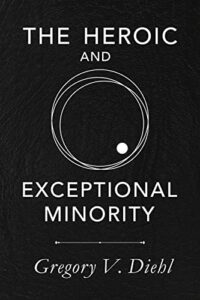
– https://www.amazon.com/Heroic-Exceptional-Minority-Mythological-Self-Awareness-ebook/dp/B09GD25JBV
I didn’t have many people to say, “Gregory, here’s the deal. You are this person. Your life is going to have these kinds of challenges and trials. These are the things you are going to spend your whole life chasing after because it’s the only thing you are going to find meaningful.” Nobody ever said anything remotely like that to me.
I had to figure that out myself slowly or I give several examples in the book of watching mythological-themed movies or reading books that have certain moral mythological lessons to them, whether that’s something popular and well known. Star Wars has heroic mythological stories of resisting the dark side, staying true to yourself, and rescuing your father from his darkness.
In the Lion King, Simba becomes the king he was supposed to be and rejects hedonism to take on responsibility. I pause that those timeless mythological stories often give us guidance that we might not have in our personal lives. If we don’t have an Obi-Wan Kenobi or a Gandalf in our lives to tell us, “Frodo, this is the journey you are on. Luke, you have to learn to use the force,” which I think frankly, very few of us do.
We still have this architectural idea of what these people are supposed to be and the guidance they are supposed to give us. We can still piece together these universal timeless trues on our own if we are willing to explore and experiment and deal with the costs of doing all those things. This book is meant to summarize all that and say to them, “You are not crazy. If you respond to what is in this book, I’m almost certain that you are this person, so maybe take these things into consideration.”
You discovered your why but there’s also your Why OS. It’s called your Why Operating System, which is your why you do what you do, how you bring that to life, and ultimately what people can count on from you. Based on our conversation, and I bet a lot of the readers would pick this up, your why, which we already know is to make sense out of the complex and challenging. You are a great problem solver. You see things that are keeping people stuck and helping them solve them.
How you go about doing that is by challenging the status quo, thinking differently, thinking outside the box, imagining stuff the rest of us have never even seen. Ultimately, what you bring is a better way to move forward, get results, and live the life that you want. Your why would make sense. Your how would be challenging the status quo, and your what would be finding a better way.
You have described entrepreneurship in a nutshell, which I have also mentioned a few times here. This book isn’t specifically about entrepreneurship but everything described here could be called entrepreneurial principles, which is the subject of my next book. The working title is Everyone is An Entrepreneur, which is about realizing that we are all in a position to improve the way things are done and create something that didn’t exist before to change the world for the better and perhaps make money at the same time. Why not? That’s what the purpose of entrepreneurship, to receive profit for improving the way things are done or creating something that didn’t exist before, which is a very heroic approach to life, at least according to the way I’m using the term heroic.
Last question for you, what’s the best piece of advice you have ever received?
I haven’t received a lot of good advice in my life, unfortunately. The best piece of advice I should have received is if there had been somebody to say this in my language, maybe there were people who tried to say it in ways that I wasn’t ready to hear that’s quite possible. There’s somebody who could have said it in the way that I would have responded to, it would have been, “Gregory, you are not crazy. You are pretty bright and good at figuring things out but you are going to make a lot of mistakes in the process of figuring things out.”
Some of those mistakes are going to have long-term consequences that you might even think at the time you can never recover from but you should at least proceed with the self-confidence that there is a meaning to your madness. You are not just chaotically searching and exploring for no purpose. You are discovering something about yourself that is meaningful and important.
No one can tell you exactly what that’s going to end up being but know that you are not crazy. There is something to this. You have to figure out what that something is yourself. That conversation probably would have changed my life and saved me several years of mistakes. Maybe I would have ignored it completely, interested in everything the same anyway. That’s also possible.
[bctt tweet=”We can still piece together these universal, timeless truths on our own if we’re willing to explore, experiment, and deal with the costs of doing all those things.” username=”whyinstitute”]
If there are people that are reading that want to connect with you, buy your book, and want to learn more about what you are doing, what’s the best way for them to get in touch with you?
The book is available on Amazon, Barnes & Noble, or any major online retailer. The title is The Heroic and Exceptional Minority. If you want to contact me, I’m on Facebook or go to my website, GregoryDiehl.net.
Gregory, thank you so much for being here with us. I have enjoyed our conversation. You have gotten me to see things differently. Now that I know what the title of your book is about, it makes a lot more sense to me. I’m excited to check it out. Thank you so much for being on the show.
Thanks for having me.
—
It’s time for our new segment, which was Guess the Why. Hopefully, you have seen the hit TV series called Yellowstone. I want to know what do you think John Dutton’s why is. John Dutton is the patriarch of the Yellowstone Ranch. There are many things that happened in that series. My wife and I have been watching that. If you have been watching it, what do you think John Dutton’s why is?
He’s the guy who protects the family, takes care of people that he has great relationships with, and got lots of different relationships. I believe that John Dutton’s why is trust, creating relationships based upon trust. If you are on his side, if you have that brand because he brands some of the people that work with him, there’s nothing he won’t do for you.
He will trust you implicitly unless you break it. If you break his trust, you are gone. You are out. I believe that John Dutton’s why is to create relationships based upon trust. What do you think? What’s your take on John Dutton’s why? I want to thank you so much for reading. If you have not yet discovered your WHY, go to WhyInstitute.com and use the code PODCAST50. You can discover your why for free. If you love the show, please don’t forget to subscribe and leave us a review on whatever platform you are on. I look forward to having you next episode. Thank you.
Important Links:
- Gregory Diehl
- The Heroic and Exceptional Minority: A Guide to Mythological Self-Awareness and Growth
- Barnes & Noble – The Heroic and Exceptional Minority: A Guide to Mythological Self-Awareness and Growth
- Facebook – Gregory Diehl
- Books@IdentityPublications.com
About Gregory V. Diehl
 Gregory V. Diehl is a personal development mentor whose ideals include self-inquiry, challenge, and analysis for the purpose of helping people to discover who they are. He writes to assist others in undoing faulty narratives about who they are and how life works so that they may begin to make more meaningful choices and resolve their deepest burdens. Diehl spent many years studying cultures around the world. He now lives a quiet life in a rural village in Armenia with his cats, books, and music.
Gregory V. Diehl is a personal development mentor whose ideals include self-inquiry, challenge, and analysis for the purpose of helping people to discover who they are. He writes to assist others in undoing faulty narratives about who they are and how life works so that they may begin to make more meaningful choices and resolve their deepest burdens. Diehl spent many years studying cultures around the world. He now lives a quiet life in a rural village in Armenia with his cats, books, and music.

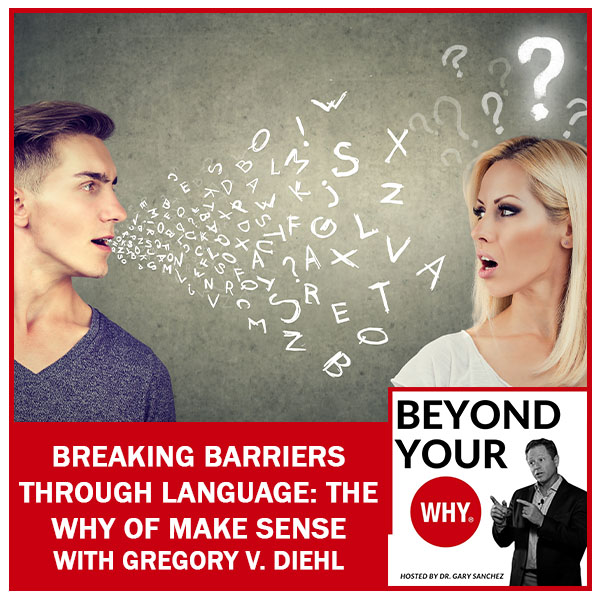
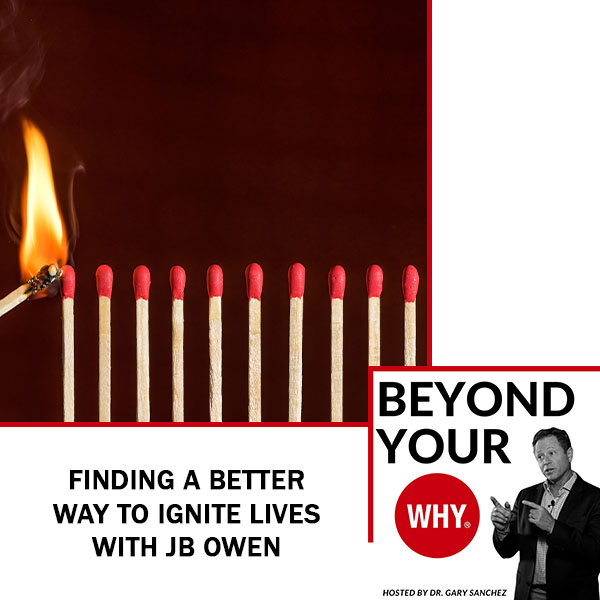





 JB Owen is a world-class speaker, 17-time bestselling author, accomplished publisher, and global business owner. She is the Founder and CEO of the Ignite Publishing, the leaders in empowerment books; publishing over 700 authors to date. She owns Ignite Moments Media where she produces transformational television, inspirational content, and life-changing events.
JB Owen is a world-class speaker, 17-time bestselling author, accomplished publisher, and global business owner. She is the Founder and CEO of the Ignite Publishing, the leaders in empowerment books; publishing over 700 authors to date. She owns Ignite Moments Media where she produces transformational television, inspirational content, and life-changing events.
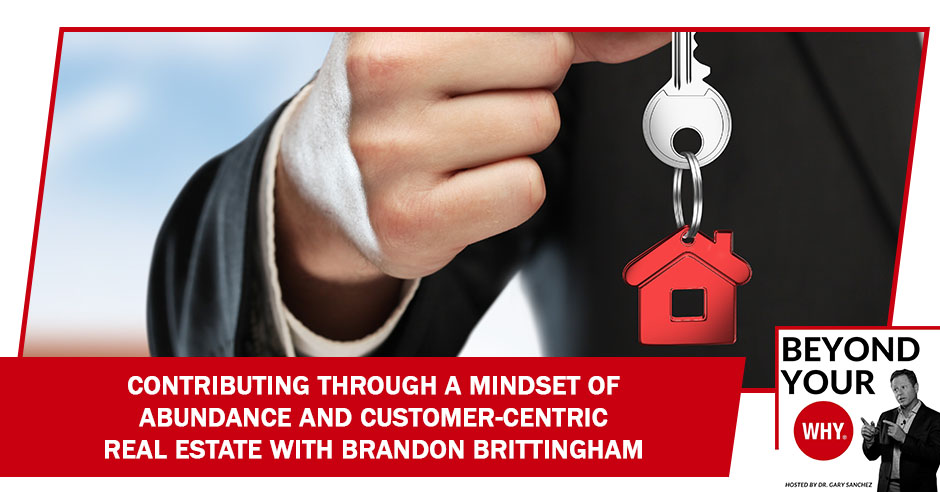
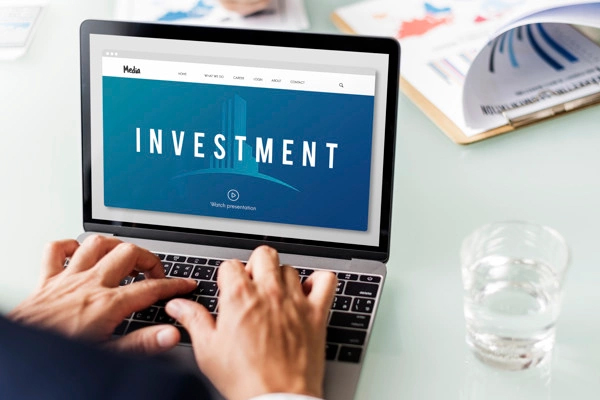



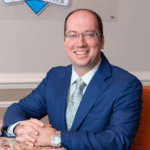 Brandon is one of the foremost experts on the shore in Short sale/Foreclosure and investment real estate, and has been recognized nationally for his acheivements. Having lived on the Eastern Shore for most of his life, he is familiar with every aspect of the local communities and the properties within them.
Brandon is one of the foremost experts on the shore in Short sale/Foreclosure and investment real estate, and has been recognized nationally for his acheivements. Having lived on the Eastern Shore for most of his life, he is familiar with every aspect of the local communities and the properties within them.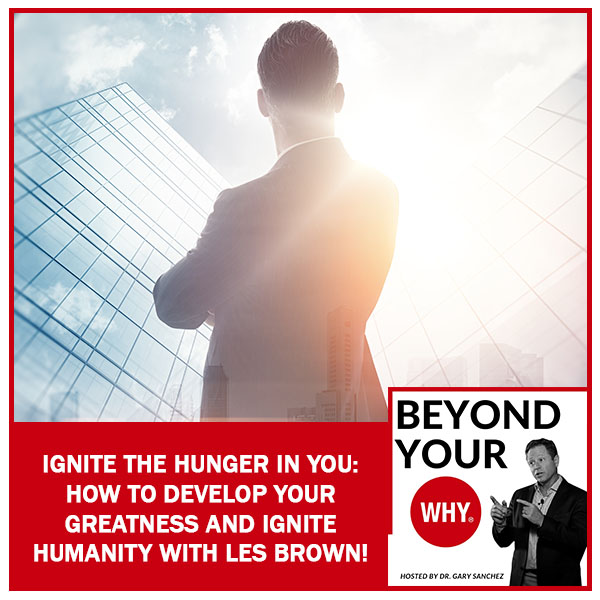
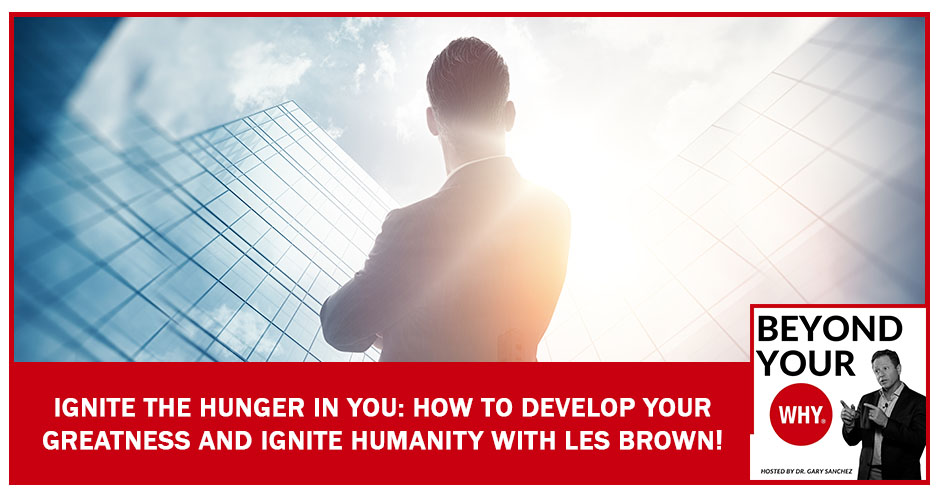
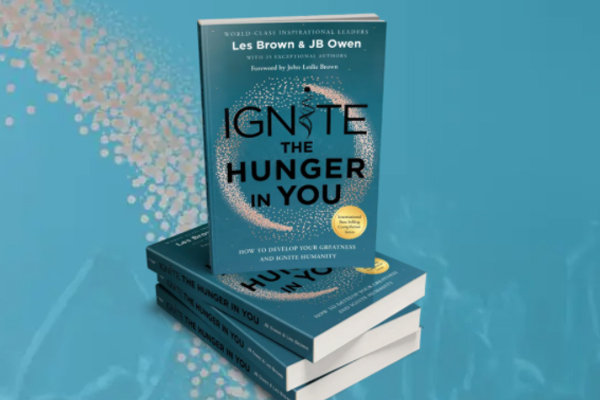





 We’ve all been through a lot recently and for most of us, it’s been hard to catch our breath before something else comes along. The one thing I know is that we are all more than what we’ve been through- but it can be tough to realize that truth in the midst of chaos.
We’ve all been through a lot recently and for most of us, it’s been hard to catch our breath before something else comes along. The one thing I know is that we are all more than what we’ve been through- but it can be tough to realize that truth in the midst of chaos.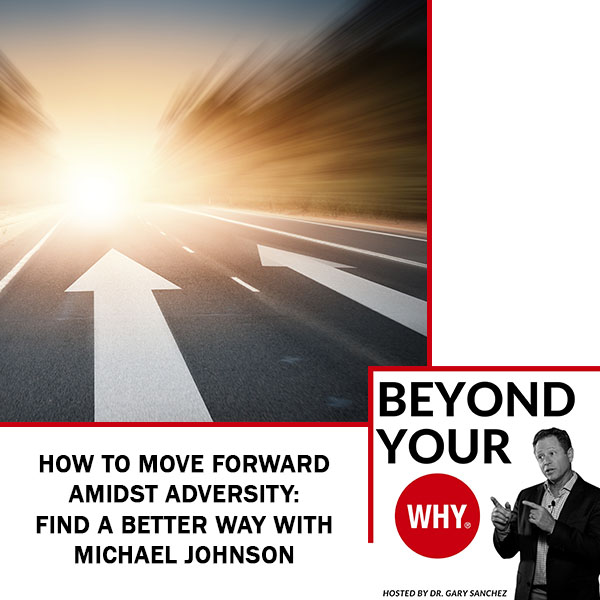
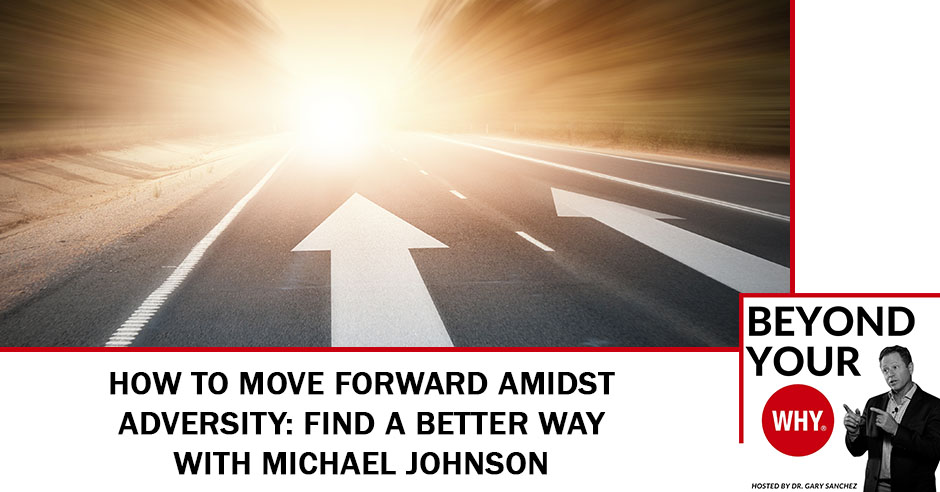


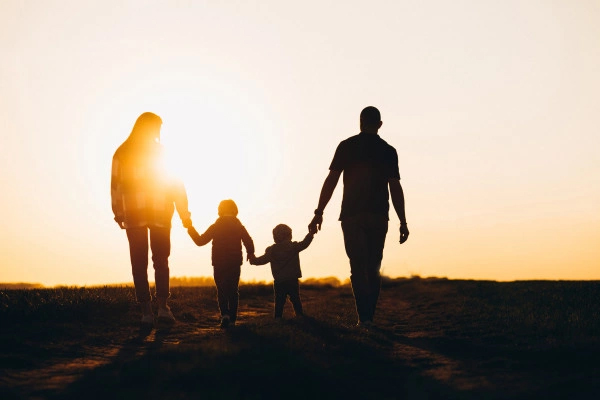


 Starting in the martial arts at 2 years old, Michael C. Johnson continues to grow his knowledge and career in combatives. He opened Shockwave Defense in Albuquerque, NM in 2002 which combined experiences that yielded life conviction, behavioral psychology, and multiple black belt rankings into his interpretation of defense called Bellicusology (The study of militant, martial, and warfare ways). He holds a BA in criminology from the University of New Mexico, & is the honorary squadron commander for the 512th Rescue Squadron at Kirtland AFB in Albuquerque, NM. Johnson has done bodyguard work for celebrities such as Xzibit, and was the primary deadly force combatives instructor for the Florida Department of Corrections & their Special Teams Units. His instruction has reached over 19,000 officers in the Department of Corrections, and has trained multiple officers from other agencies as well as the Silver City Police Department, NM. He is a certified NRA firearms instructor and a professional lecturer through the New Mexico Department of Public Safety. He teaches domestically and abroad including Taiwan, and The Yokota AFB in Tokyo Japan, where he trained the 459th Airlift Squadron how to defend themselves and their aircraft should a hostile actor try to take over the aircraft. His tried & tested skills have been tested against underground full contact fighters and he has over 55 full contact stick/weapons fights.
Starting in the martial arts at 2 years old, Michael C. Johnson continues to grow his knowledge and career in combatives. He opened Shockwave Defense in Albuquerque, NM in 2002 which combined experiences that yielded life conviction, behavioral psychology, and multiple black belt rankings into his interpretation of defense called Bellicusology (The study of militant, martial, and warfare ways). He holds a BA in criminology from the University of New Mexico, & is the honorary squadron commander for the 512th Rescue Squadron at Kirtland AFB in Albuquerque, NM. Johnson has done bodyguard work for celebrities such as Xzibit, and was the primary deadly force combatives instructor for the Florida Department of Corrections & their Special Teams Units. His instruction has reached over 19,000 officers in the Department of Corrections, and has trained multiple officers from other agencies as well as the Silver City Police Department, NM. He is a certified NRA firearms instructor and a professional lecturer through the New Mexico Department of Public Safety. He teaches domestically and abroad including Taiwan, and The Yokota AFB in Tokyo Japan, where he trained the 459th Airlift Squadron how to defend themselves and their aircraft should a hostile actor try to take over the aircraft. His tried & tested skills have been tested against underground full contact fighters and he has over 55 full contact stick/weapons fights.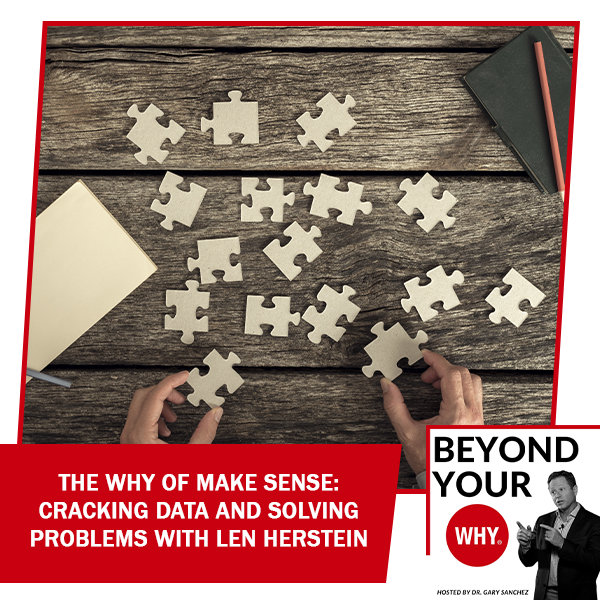

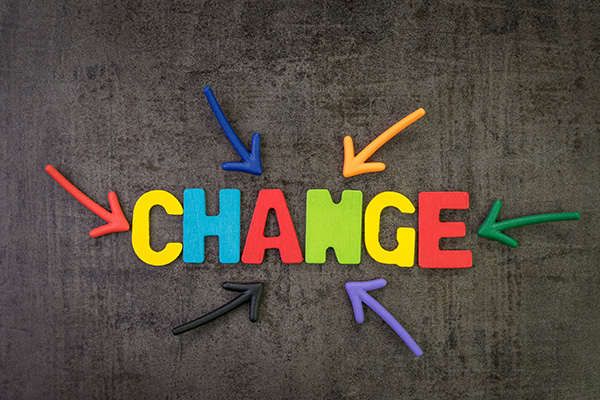
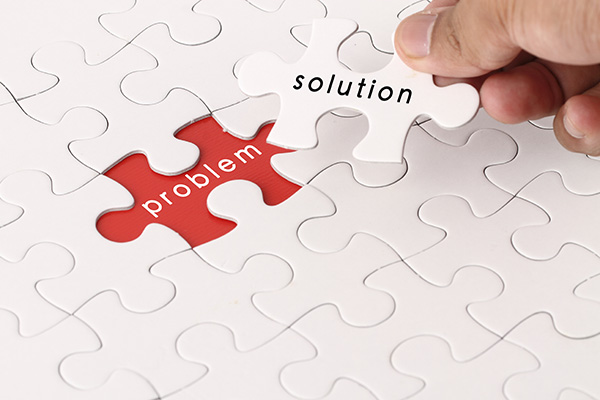


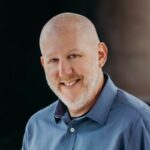 Len Herstein has over 30 years of experience in business and brand marketing. Prior to founding his marketing and events company (ManageCamp Inc.), Len innovated, managed,and grew brands for major consumer packaged goods marketers, including Campbell SoupCompany, Coca-Cola, and Nabisco.Since 2015, Len has served as a reserve deputy sheriff with the Douglas County Sheriff’s Office in Colorado
Len Herstein has over 30 years of experience in business and brand marketing. Prior to founding his marketing and events company (ManageCamp Inc.), Len innovated, managed,and grew brands for major consumer packaged goods marketers, including Campbell SoupCompany, Coca-Cola, and Nabisco.Since 2015, Len has served as a reserve deputy sheriff with the Douglas County Sheriff’s Office in Colorado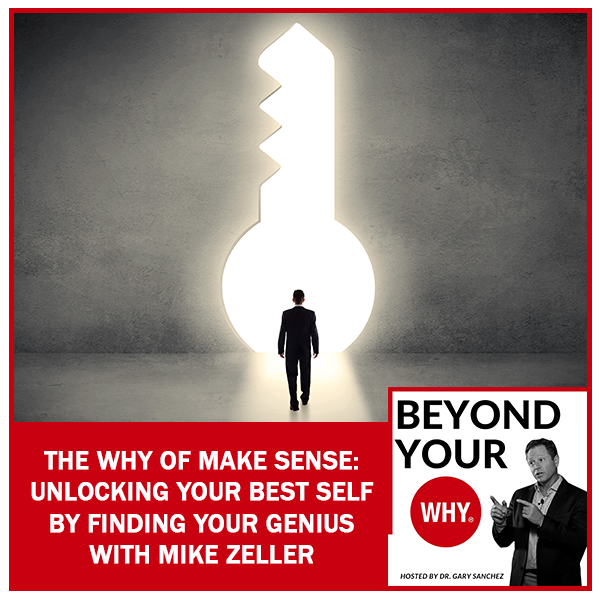
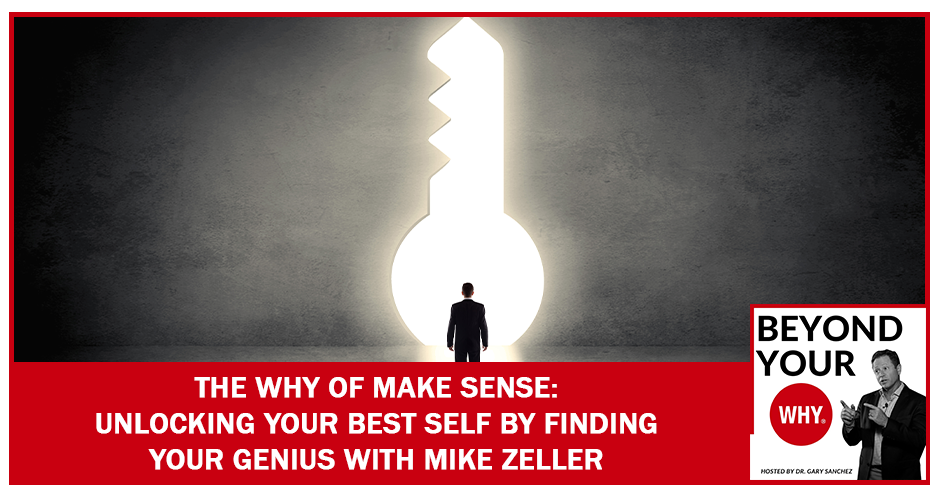






 Mike Zeller is a business architect and entrepreneur mentor who helps professionals find their zone of genius and rewire their subconscious to fuel momentum toward their life’s purpose. He has mentored over two hundred high-level entrepreneurs from all over the world, helping add tens of millions in revenue to his clients.
Mike Zeller is a business architect and entrepreneur mentor who helps professionals find their zone of genius and rewire their subconscious to fuel momentum toward their life’s purpose. He has mentored over two hundred high-level entrepreneurs from all over the world, helping add tens of millions in revenue to his clients.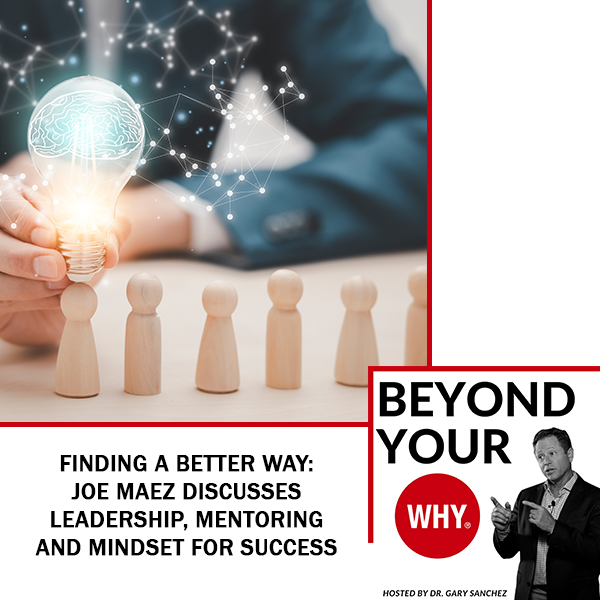
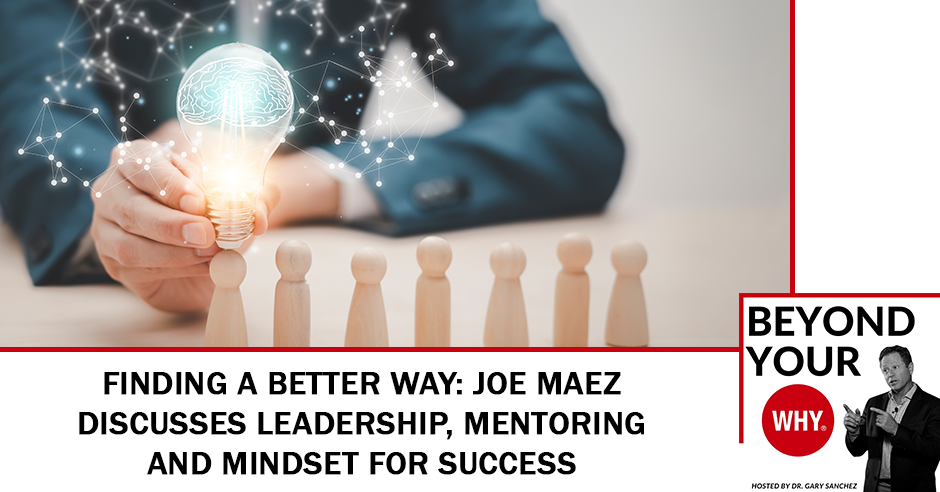





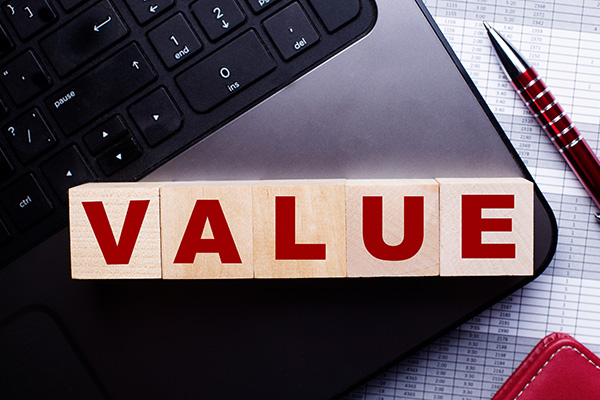
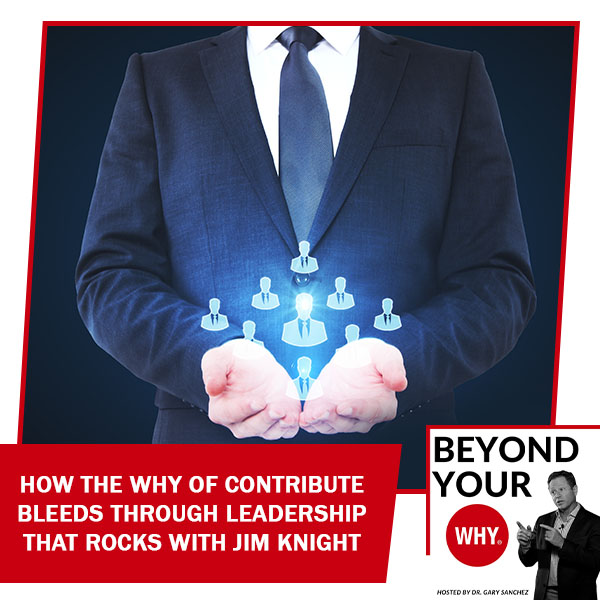
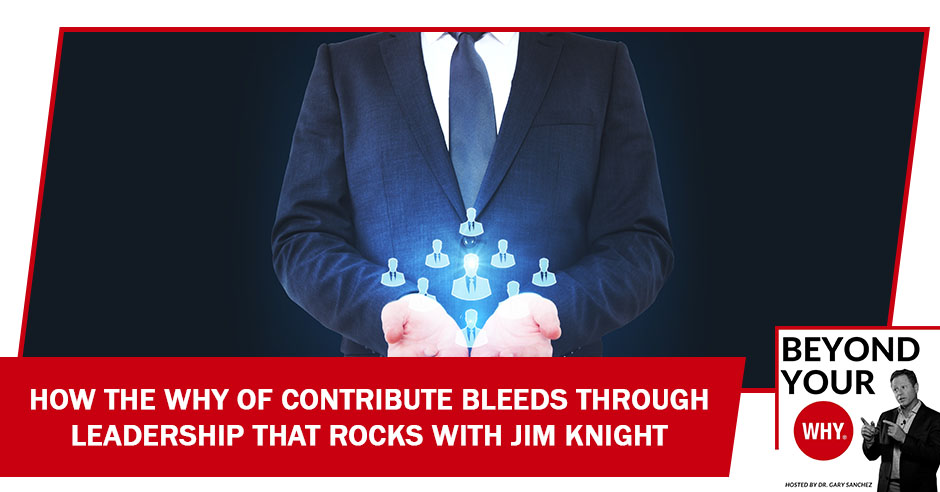






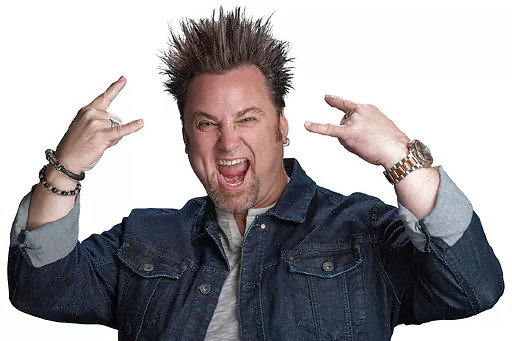 Jim Knight teaches organizations of all sizes how to attain their own “rock star” status. Although his illustrious career started at Gatorland Zoo in Florida (he has scars to prove it), Jim cut his teeth in the hospitality training industry and eventually led Global Training for Hard Rock International for two decades. His customized programs show how to amp up organizational culture, deliver world-class differentiated service, and build rockstar teams and leaders.
Jim Knight teaches organizations of all sizes how to attain their own “rock star” status. Although his illustrious career started at Gatorland Zoo in Florida (he has scars to prove it), Jim cut his teeth in the hospitality training industry and eventually led Global Training for Hard Rock International for two decades. His customized programs show how to amp up organizational culture, deliver world-class differentiated service, and build rockstar teams and leaders.